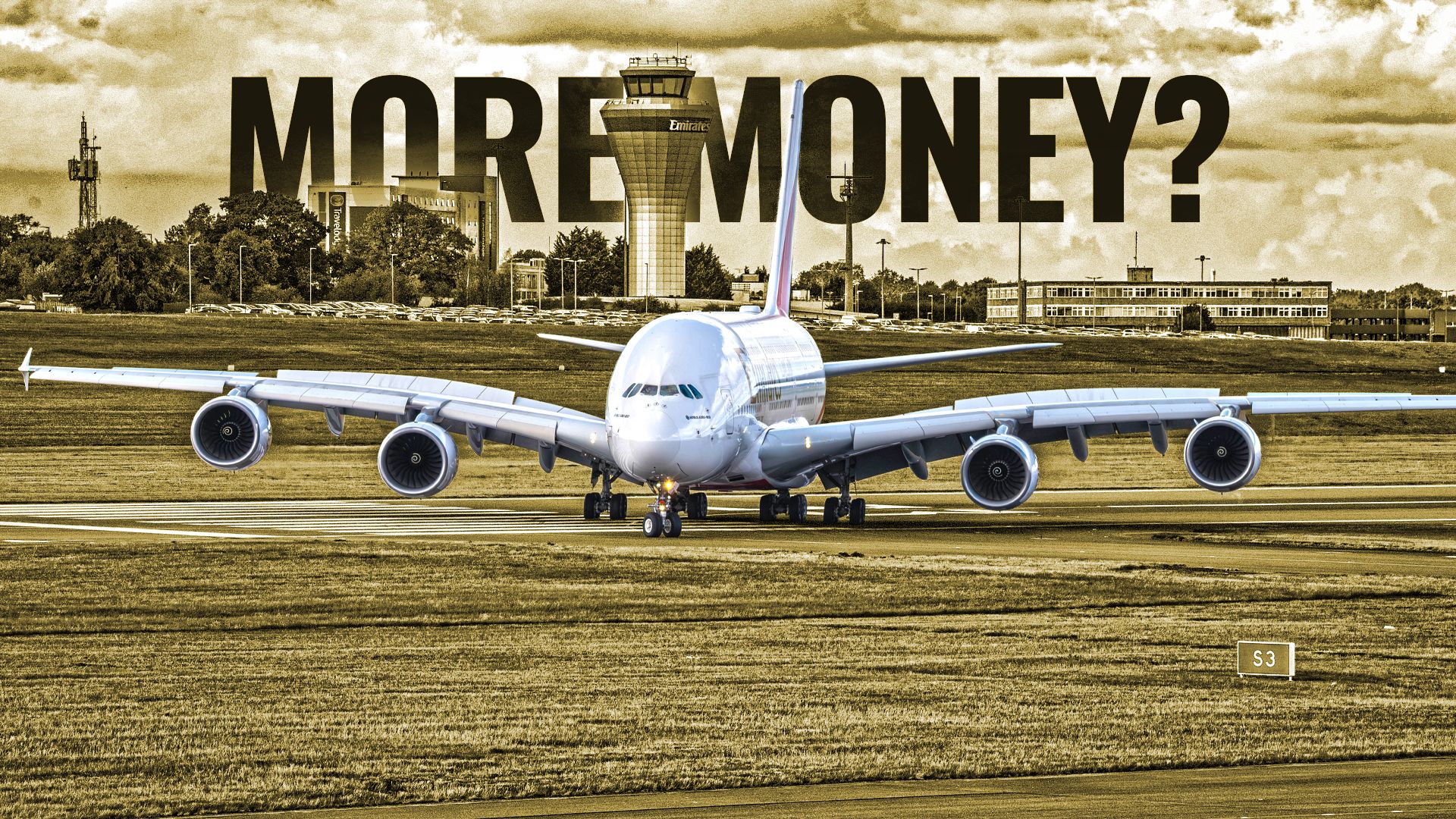Business
Airline Costs Surge in 2025 Amid Global Inflation Trends

The cost of air travel is set to rise in 2025, reflecting broader trends in global inflation that have affected various sectors. In the United States, inflation currently stands at 3%, while many other countries report even higher rates. This increase in consumer prices is impacting not just everyday goods, but also the cost of flying, raising concerns among travelers and industry experts alike.
Understanding the Cost Drivers
Several factors contribute to the rising costs associated with air travel. Fuel prices, which have been notably volatile, play a significant role. According to the International Air Transport Association (IATA), jet fuel prices have surged, pushing airlines to adjust ticket prices accordingly. Increased operational costs, including maintenance and labor, have also compounded the situation.
The airline industry is responding to these pressures. Many carriers are implementing fare hikes to mitigate rising expenses. Passengers can expect to see an increase in ticket prices as airlines strive to maintain profitability while facing these economic challenges. Experts predict that this trend may continue throughout 2025 as inflation persists and economic conditions evolve.
Global Impacts and Consumer Reactions
The effects of rising air travel costs are not isolated to the United States. Around the world, airlines are grappling with similar challenges. Regions experiencing particularly high inflation may see even steeper price increases for flights. This situation is prompting travelers to reconsider their plans and budgets for upcoming trips.
Consumer sentiment reflects growing concern about the affordability of air travel. Many individuals are expressing hesitation about booking flights, particularly for long-haul journeys. Some may opt for alternative modes of transportation, while others will prioritize budget-friendly destinations.
As airlines navigate these turbulent economic waters, they are also enhancing their services to attract customers. Loyalty programs and discounted fare options are becoming more common as airlines seek to retain passenger loyalty in an increasingly competitive landscape.
The outlook for air travel in 2025 is complex, driven by economic factors and consumer behavior. While travelers may face higher costs, the industry is adapting in various ways. The interplay of these elements will shape the future of air travel, requiring both airlines and passengers to remain agile amidst shifting economic conditions.
In summary, as inflation continues to impact the global economy, the airline industry is not immune to these pressures. Rising costs for fuel, labor, and operations are leading to increased airfare, prompting both airlines and consumers to reevaluate their strategies moving forward.
-

 Entertainment2 months ago
Entertainment2 months agoAnn Ming Reflects on ITV’s ‘I Fought the Law’ Drama
-

 Entertainment3 months ago
Entertainment3 months agoKate Garraway Sells £2 Million Home Amid Financial Struggles
-

 Health2 months ago
Health2 months agoKatie Price Faces New Health Concerns After Cancer Symptoms Resurface
-

 Entertainment2 months ago
Entertainment2 months agoCoronation Street’s Carl Webster Faces Trouble with New Affairs
-

 Entertainment2 months ago
Entertainment2 months agoWhere is Tinder Swindler Simon Leviev? Latest Updates Revealed
-

 Entertainment3 months ago
Entertainment3 months agoKim Cattrall Posts Cryptic Message After HBO’s Sequel Cancellation
-

 Entertainment2 months ago
Entertainment2 months agoOlivia Attwood Opens Up About Fallout with Former Best Friend
-

 Entertainment2 months ago
Entertainment2 months agoMasterChef Faces Turmoil as Tom Kerridge Withdraws from Hosting Role
-

 Entertainment3 months ago
Entertainment3 months agoMarkiplier Addresses AI Controversy During Livestream Response
-

 Science2 weeks ago
Science2 weeks agoBrian Cox Addresses Claims of Alien Probe in 3I/ATLAS Discovery
-

 Entertainment4 months ago
Entertainment4 months agoSpeculation Surrounds Home and Away as Cast Departures Mount
-

 World2 months ago
World2 months agoCole Palmer’s Mysterious Message to Kobbie Mainoo Sparks Speculation



















